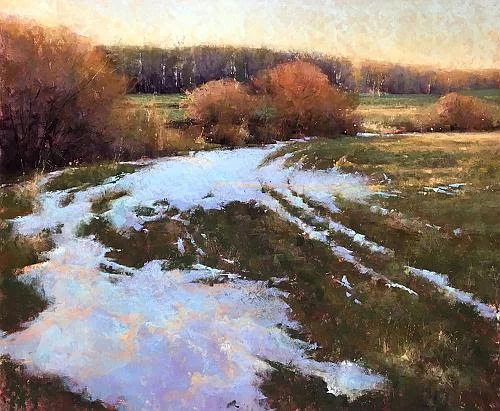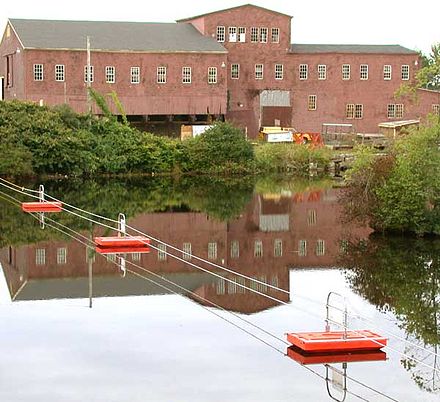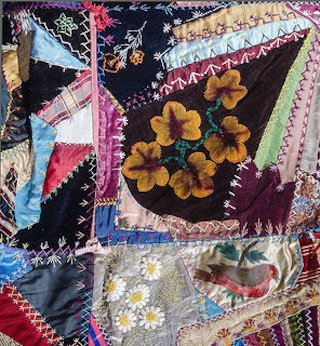
The North Woods in wax
“Tree Variation #6 ‘‘ (encaustic on panel), by Helene Farrar. She is a member of New England Wax, which promotes the art of encaustic painting, which uses bee’s wax.
From her bio:
“Hélène Farrar has taught and worked in the visual arts for twenty years while actively exhibiting in commercial, nonprofit and university galleries in New England, New York City, Pennsylvania, Italy, and England. Farrar has a BA in Studio Art from the University of Maine and a Masters of Fine Art Degree in Interdisciplinary Arts from Goddard College in Vermont.
“Hélène currently owns and operates her own private art school in Maine out of her ‘Farmhouse’ studio, where she holds varied workshops and classes. Her paintings have most recently been accepted into curated exhibits at the Fuller Craft Museum, the Saco Museum, the University of New England Art Gallery, and Twiggs Gallery in New Hampshire.
“Farrar is represented by Archipelago Fine Arts in Rockland, and the Center for Maine Craft in West Gardiner. Her work as an educator has brought her across the state of Maine including the Haystack Mountain School of Craft. She taught at the 2019 International Encaustics Conference.’’
Bummer! We have to freeze first?
“March Thaw’’ (pastel), by Jacob Aguiar, in the show “For Pastels Only,’’ at the Saco Museum, Saco, Maine, Sept. 11-Oct. 25
Main Street in Saco.
Saco, on the southern Maine coast, was once densely populated with Native Americans, but English colonists moved into the area in the 1630s and started to take over. With the arrival of the Portland, Saco and Portsmouth Railroad, in 1842, Saco’s Factory Island gradually became a major textile-manufacturing center, with very thick-walled brick mills coming to dominate the Saco waterfront. Other businesses included foundries, belting and harness making and machine shops. Local manufacturing, and especially the textile industry, faded in the 20th Century with competition from the South and abroad. But the prosperous mill town era left behind much fine architecture in the Georgian, Federal, Greek Revival and Victorian styles, with many buildings listed on the National Register of Historic Places.. Saco is now a popular Portland suburb and home to many artists. The Saco Museum is delightful.
On the Saco River
Saco is a watery town.
Way, way Down East
"Legend Has It'' (monotype with additions), by Megan Snyder, in the show "Down East,'' at the Saco Museum,' Saco, Maine, through Oct. 28. Strong colors, deep mystery and a sense of violence.
The wonders of wax
"Festival of Flags I'' (encaustic), by Jeanne Griffin, in the big group show "Beneath the Surface,'' at the Saco Museum, Saco, Maine, April 2-May 28.
The show includes the work of some of New England's best painters working in encaustic, also known as hot-wax painting. The process involves using a mix of heated beeswax and damar varnish to which colored pigments are added. The liquid or paste is then applied to a surface -- often prepared wood, although canvas and other materials are often used. The effects can be very beautiful --- and sometimes eerie.







